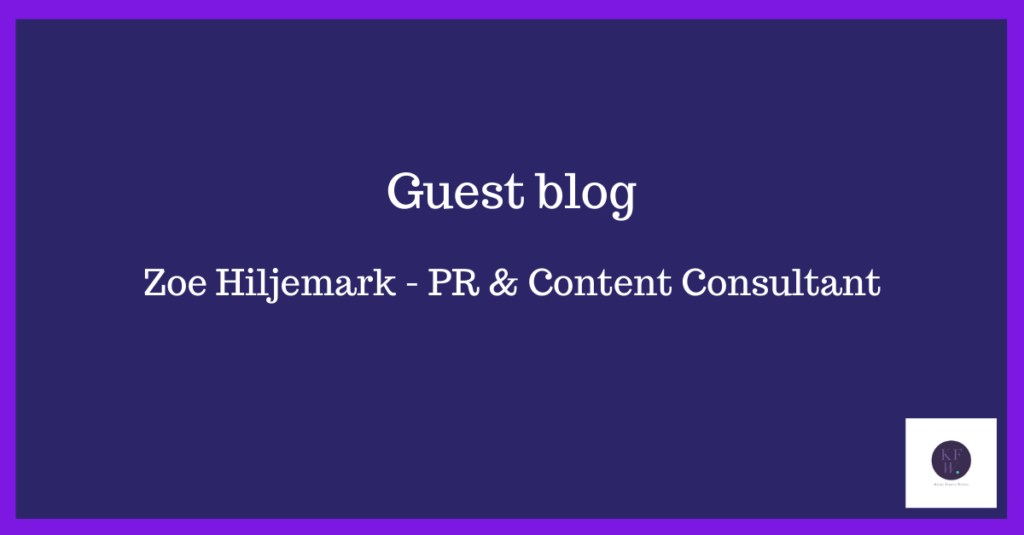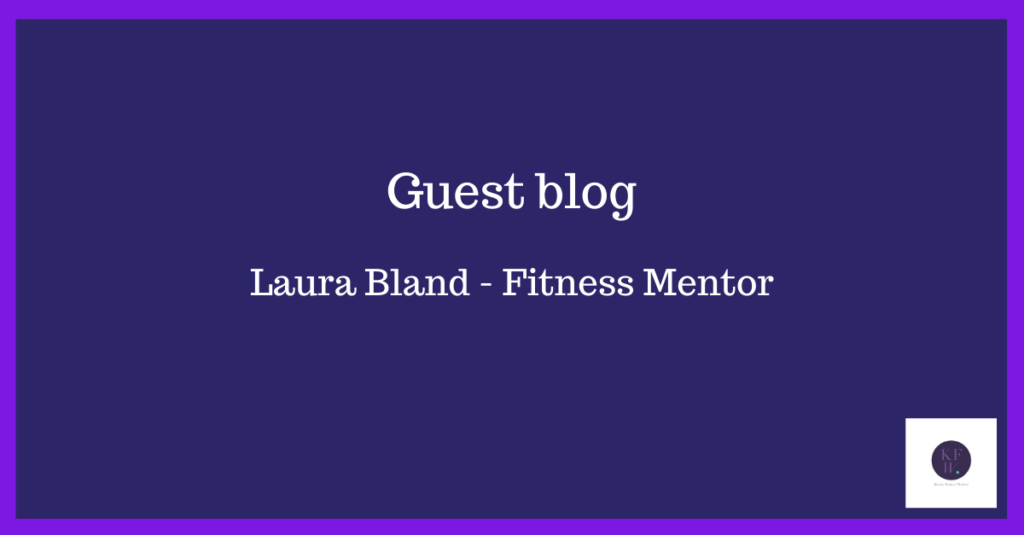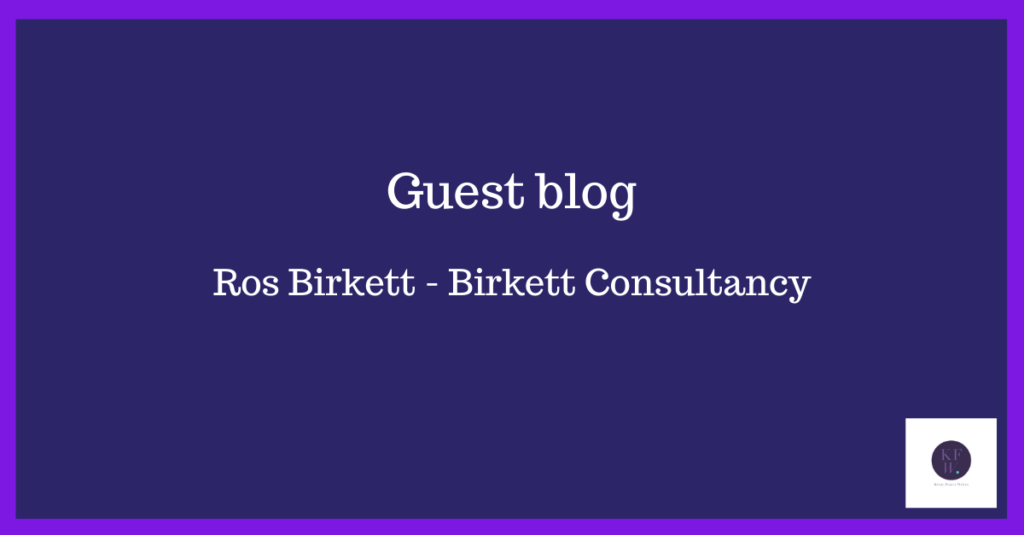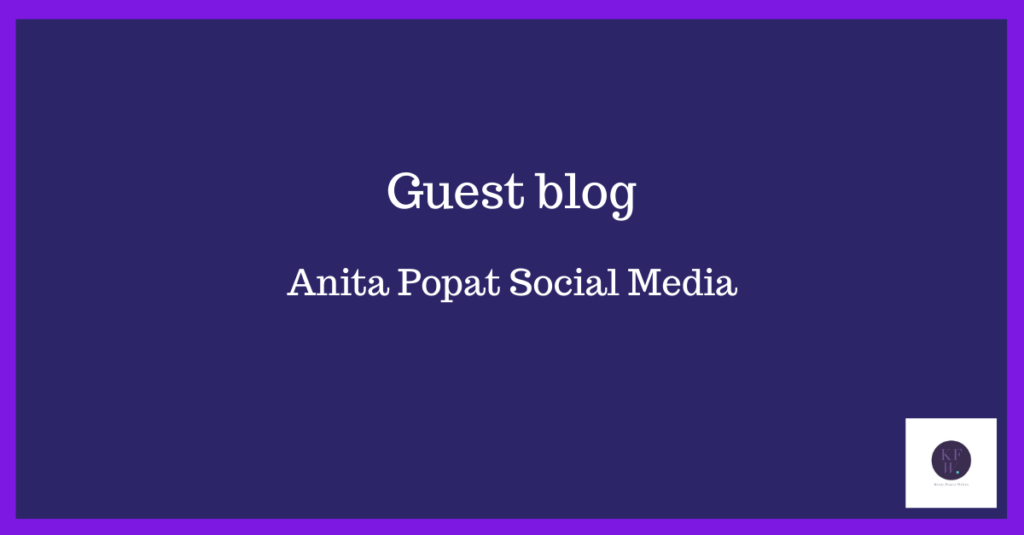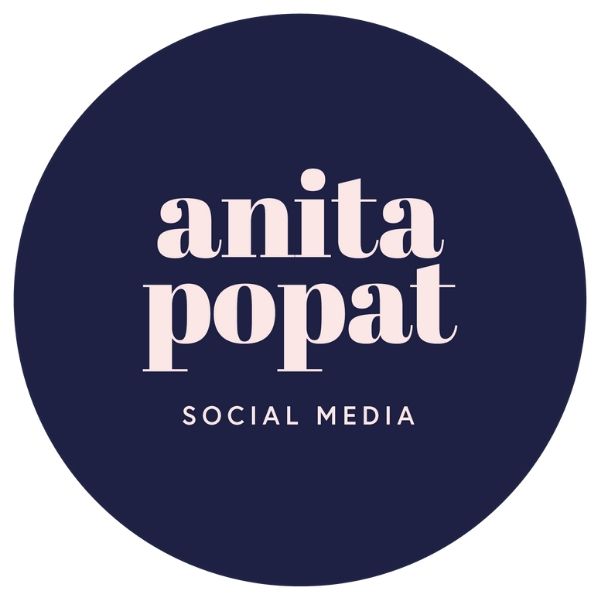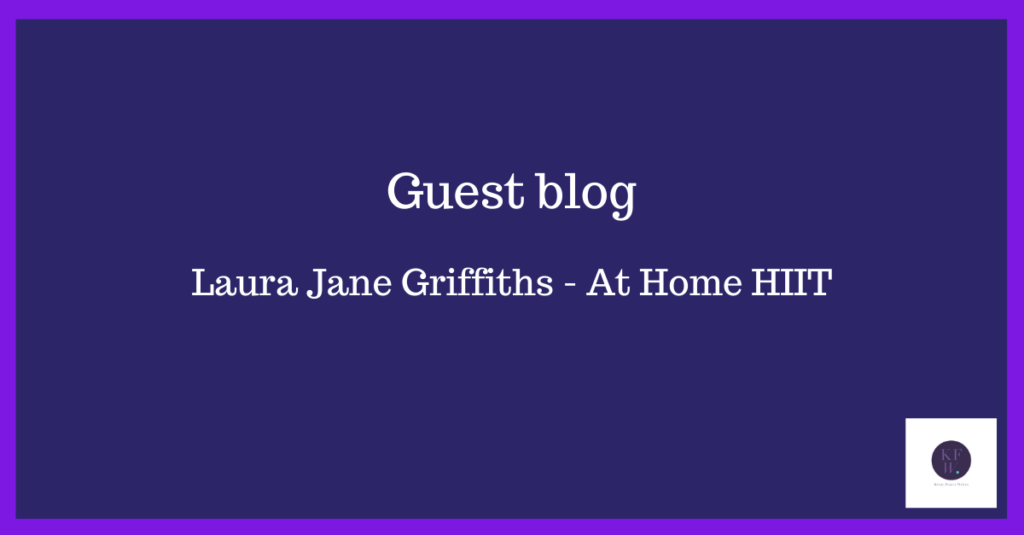
It’s that time of year again, the time of year where the guilt of what you eat and drink seems to hit twice as hard. Where the first day you swop to eating fresh fruits and vegetables and start to exercise – you feel like you are already onto a winning streak.
You set a new years resolution, a goal for 2021 – to make a change – get fit and healthy, drop a stone and exercise regularly.
Yet every year most people (not all) last until around the end of January, maybe the beginning of February, before it all falls by the wayside. Why? Read on and find out….
1: Why do people fail?
Two simple things – motivation and expectation! When people start exercising they talk about motivation “I’ve set a goal, I want to make a change, I feel so motivated”. The problem with motivation, it has a life span. Sometimes you can be motivated for a long time, other times it’s a short burst. People try to keep up their motivation but with the constraints and pressures of everyday life it isn’t always possible. Combine this with setting unrealistic expectations (aka expecting immediate results) and you have a recipe for “giving up”.
What’s the first thing you should do this January? Be realistic with your goals and change the word motivation to discipline.
2: We change our lifestyle for the wrong reasons.
Everyone talks about exercise and fitness being a lifestyle change and it is, however we need to ensure we are doing this for the right reasons. Reasons not to – guilt, social expectation/ social media, others comments, because it’s that time of year? The reason you exercise has to come from within, it has to be because you see all of the benefits of it. It can’t be focused on weight loss and numbers on the scales (big mistake…I’ll explain why shortly). It has to be because you want to feel great, positive and energised FOR YOU. You have to want to build this discipline into your life in a way that works for you and makes you feel great.
3: Numbers on scales and good/bad food.
We are raised in a culture that puts TOO much focus on the numbers on the scales. These numbers can be the most demoralising thing you focus upon. Our weight can fluctuate every day – losing a lb can mean LITERALLY NOTHING. (Sorry to burst your bubble there). Picture the scene, you’re training everyday, feeling positive, energised – dare I say – motivated and then you step on the scales. You haven’t lost a 1lb in the last week. How do you feel? Rubbish. In one swoop you have mentally undone all of the hard work you have put in. Little do you know that on that particular week you hadn’t managed to drink enough water that week, or it’s that time of the month in your cycle…
So stop fixating on the scales instead start taking pictures, focusing on the changes you can see in your body, the strength and positivity you are feeling.
Get rid of good/bad food. FOOD IS FOOD. Every bite, mouthful you consume contains calories – our body’s fuel. Change your mind-set and start to understand that fuel is what your body needs. So alleviate that Christmas guilt, you didn’t indulge in bad foods – you may have eaten more calories than you required but I bet you had a great time! To lose weight you just need to eat fewer calories than you are burning. Simple. Don’t starve yourself, don’t deny yourself – just become mindful of what volume of food you require – your optimum calorie intake.
4: The first steps to making sustainable change.
If you try to take on too much at once you will ultimately overwhelm yourself. Make one small change at a time and ensure it fits into your lifestyle in a sustainable way. My recommendation is find an exercise regime that is bite sized to begin with. Something you get a quick win from and that makes you feel good. I run At Home HIIT, it live streams workouts to you everyday that last just twenty minutes but are extremely effective and challenging – get that win in early!
5: Set realistic goals and remember every workout is a win!
Whatever change you are making set your goal and be disciplined enough to complete it. That is your goal. Don’t focus on weight and numbers focus on how amazing your body is that it can support you everyday through exercise AND LIFE. Focus on how positive it makes you feel, the benefits to you mental health and well-being. This is how you will succeed.
Don’t forget to make it fun, reflect of how brilliant you are everyday and use this to maintain that, ever important, discipline.
Have a great 2021.
Laura
Kirsty’s note
If you need support with your health and fitness goals you can find Laura online here or on Facebook where she runs an awesome community with workouts you can access online and do anywhere. (OK maybe not anywhere – you do have to get out of bed!)
